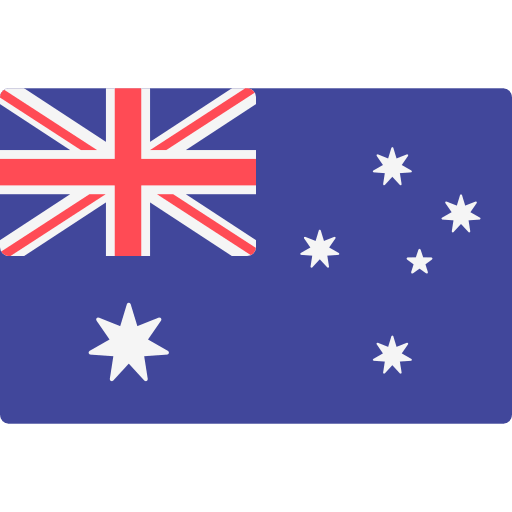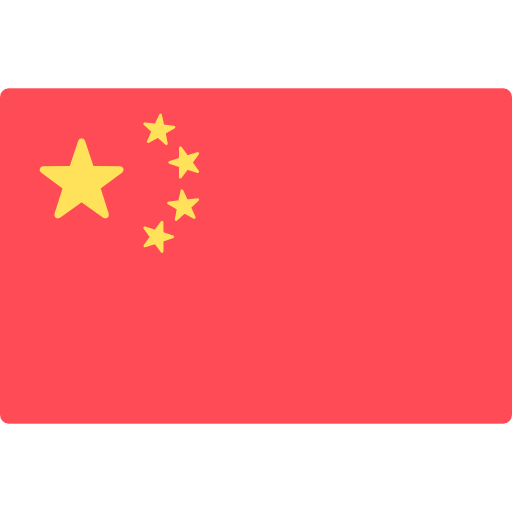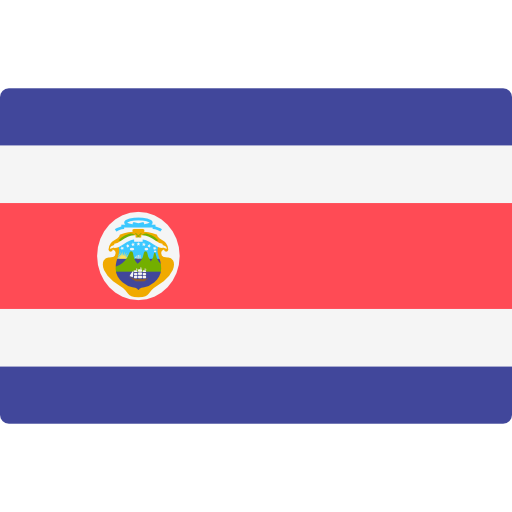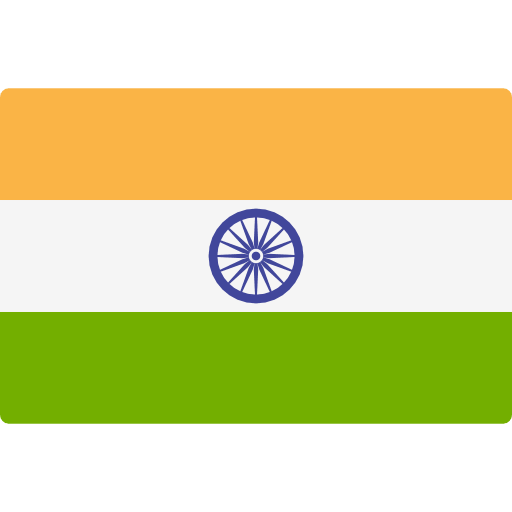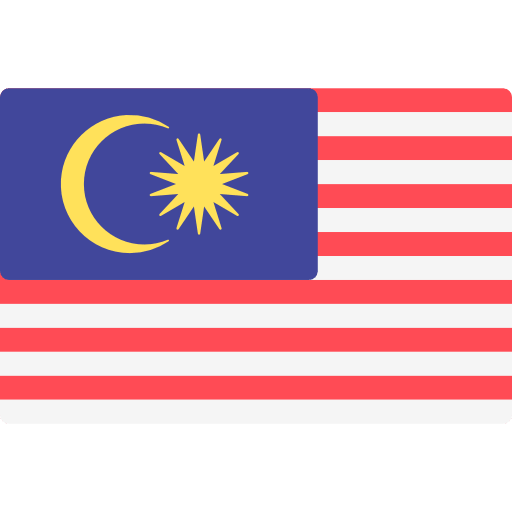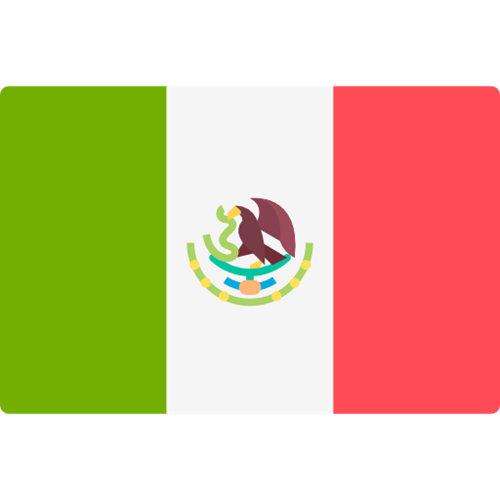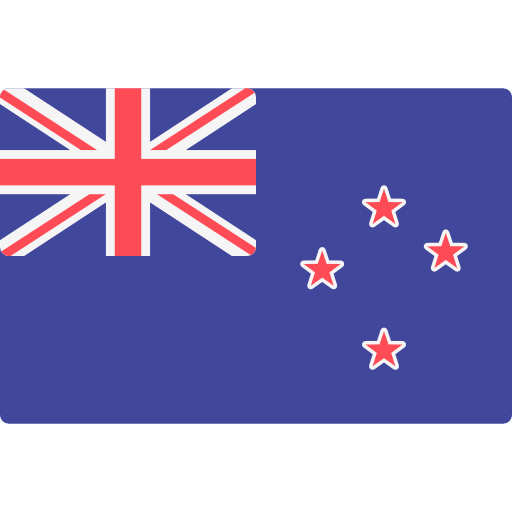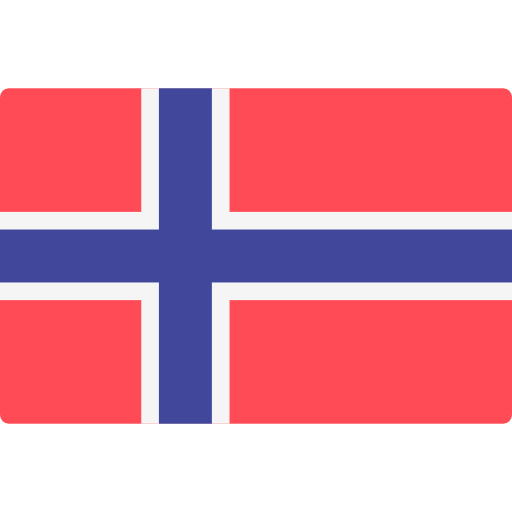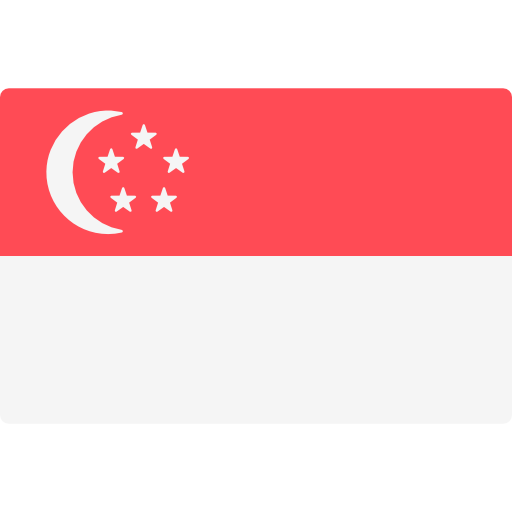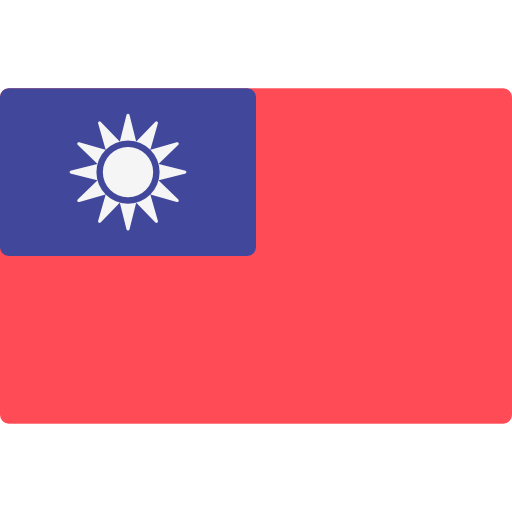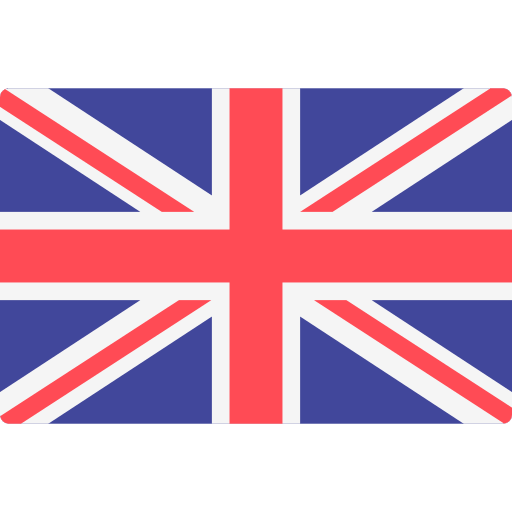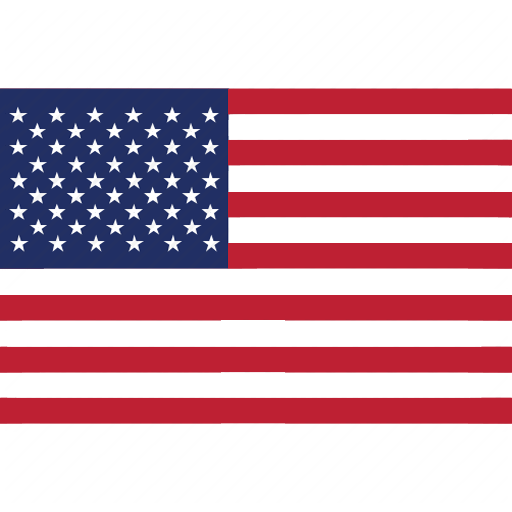Ensuring Textile Colourfastness: Reliable Testing for Manufacturers and Retailers
Your industry, our focus

First Published: April 2025
The Importance of Colourfastness in Textiles
Colourfastness is a critical quality factor in textiles, determining how well fabrics retain their colour after exposure to washing, sunlight, perspiration, and friction. Poor colourfastness can lead to fading, dye transfer, and dissatisfied customers, ultimately affecting brand reputation and customer loyalty.
For manufacturers and retailers, ensuring colour retention is not just about aesthetics, it is essential for compliance with international quality standards and for reducing returns and complaints. As sustainability becomes a key industry focus, the demand for durable, long-lasting textiles is growing. Poorly dyed fabrics contribute to waste, as garments that fade or bleed prematurely are discarded more quickly.
Challenges in Achieving Colourfastness
Several factors influence a fabric’s ability to retain colour, and manufacturers face multiple challenges in maintaining consistent dyeing quality. Some key factors include:
From a consumer perspective, fault-free footwear means:
- Dye Selection & Application: Different dyes interact with fabrics in unique ways, and improper dyeing techniques can lead to weak colour fixation.
- Fabric Composition: Natural and synthetic fibres absorb and hold colour differently, affecting long-term vibrancy.
- Environmental Exposure: Sunlight, moisture, and friction all play a role in fading and colour degradation.
- Chemical Interactions: Detergents, perspiration, and even skincare products can alter dye stability over time.
- Inconsistencies in dyeing processes and raw material variations can lead to differences in colour retention across production batches. Without rigorous testing, manufacturers risk product recalls, increased return rates, and a loss of consumer trust.
How is Colourfastness Tested?
To ensure textiles meet industry standards, rigorous testing is essential. Colourfastness tests simulate real-world conditions to measure how fabrics respond to various stressors. The most common tests include:
- Colourfastness to Washing: Determines how well textiles resist fading and bleeding during laundering.
- Colourfastness to Light: Measures how prolonged exposure to sunlight affects colour stability.
- Colourfastness to Perspiration: Simulates human sweat exposure, crucial for sportswear and activewear.
- Colourfastness to Water, Seawater, and Chlorinated Water: Evaluates resistance to moisture and chemicals, particularly for swimwear and outdoor apparel.
- Colourfastness to Dry Cleaning and Bleaching Agents: Ensures textiles withstand professional cleaning processes.
- Colourfastness to Saliva: Measure of how well a dyed or printed textile material/leather can resist fading or bleeding when exposed to saliva.
- International standards such as ISO (International Organization for Standardization) and AATCC (American Association of Textile Chemists and Colorists) provide guidelines for these tests, helping brands ensure their products meet global quality requirements.
The Role of Colourfastness in Sustainability
As sustainability becomes a driving force in fashion and textiles, ensuring high colourfastness is more important than ever. Fabrics that maintain their colour and durability contribute to a circular economy by reducing waste and extending product lifespan. Key benefits include:
- Longer-Lasting Clothing: High-quality garments stay vibrant longer, reducing the need for frequent replacements.
- Lower Water & Energy Consumption: Poorly dyed fabrics may require additional washes, increasing resource usage.
- Minimised Chemical Runoff: Weakly fixed dyes can wash out, polluting water sources. Sustainable dyeing practices help brands meet environmental regulations.
Why Manufacturers and Retailers Must Prioritise Colourfastness
For brands operating in global markets, ensuring colourfastness is a crucial aspect of quality control. Investing in rigorous testing helps businesses:
- Enhance Product Quality: Deliver garments that maintain their original appearance after repeated use.
- Reduce Product Returns: Minimise customer complaints related to fading and dye transfer.
- Ensure Supply Chain Consistency: Standardise colour retention across different production batches.
- Meet International Compliance Standards: Avoid regulatory issues and trade restrictions.
- Strengthen Brand Reputation: Build trust with consumers by offering durable, high-performance textiles.
Regulations Governing Colourfastness in Textiles
Several international regulations and standards govern colourfastness in textiles. These regulations ensure that fabrics meet quality, safety, and environmental requirements for global markets. Here are some key standards and regulatory frameworks:
1. International Standards for Colourfastness Testing
ISO Standards (International Organization for Standardization)
The ISO provides widely recognised test methods for colourfastness, including but not limited to:
- ISO 105-A01 – General principles of testing
- ISO 105-B02 – Colourfastness to artificial light (Xenon arc fading lamp test)
- ISO 105-C06 – Colourfastness to domestic and commercial laundering
- ISO 105-D01 – Colourfastness to dry cleaning
- ISO 105-E04 – Colourfastness to perspiration
- ISO 105-F01 – Specification for wool adjacent fabrics
- ISO 105-G01 – Colour fastness to nitrogen oxides
- ISO 105-X12 – Colourfastness to rubbing (crocking)
Many countries reference these ISO standards in their own textile regulations.
AATCC Standards (American Association of Textile Chemists and Colorists)
AATCC develops test methods commonly used in North America. Some key standards include:
- AATCC TM61 – Colourfastness to laundering
- AATCC TM16 – Colourfastness to light
- AATCC TM8 – Colourfastness to rubbing
- AATCC TM15 – Colourfastness to perspiration
- AATCC TM107 – Colourfastness to water
These methods align with ISO standards but are preferred in the US, Canada, and some Asian markets.
2. Regulatory Requirements by Region
United States
The Consumer Product Safety Commission (CPSC) oversees textile safety regulations such as 16 CFR Part 1610 (flammability). While there are no mandatory regulations related to colourfastness, ensuring good dye fixation can prevent fabric degradation that affects safety.
China
The Textile leather Standardization Committee compiled various test method on colourfastness, most of them are equivalent to or modified to adopt the ISO related standard. Those methods are used to cooperatively with the mandatory safety standard and voluntary product standard in textile and leather industrial, following is an example:
- GB/T 3920 – Colourfastness to rubbing
- GB/T 3921 – Colourfastness to washing with soap or soap and soda
- GB/T 3922 – Colourfastness to perspiration
- GB/T 39366 – Colour fastness to crocking (Leather)
- GB/T 39373 – Colour fastness to solvents (Leather)
- GB/T 18886 – Colorfastness to saliva
- GB/T 8427 – Color fastness to artificial light: Xenon arc
India
IS 764:1979 – Colourfastness to washing (Bureau of Indian Standards)
IS 2454:1985 – Colourfastness to light
India aligns with ISO and AATCC methods but has additional eco-labelling for sustainable textiles.
3. Industry-Specific Regulations
Global Organic Textile Standard (GOTS)
Organic textiles must meet strict colourfastness criteria and avoid synthetic dyes that degrade quickly.
How Eurofins Softlines & Hardlines Can Help
Colourfastness is more than just an aesthetic concern, it impacts sustainability, product quality, and customer satisfaction. As consumer expectations rise and environmental regulations tighten, ensuring high colour retention in textiles is becoming a non-negotiable standard in the industry.
At Eurofins Softlines & Hardlines, our network of testing laboratories supports manufacturers, retailers, and brands in delivering high-quality textiles that meet regulatory and consumer demands. Our cutting-edge testing facilities, experienced specialists and commitment to excellence make us the trusted partner for ensuring colourfastness in textiles.
Contact us today to learn more about our testing services and how we can help your business maintain the highest standards of textile quality and durability.

